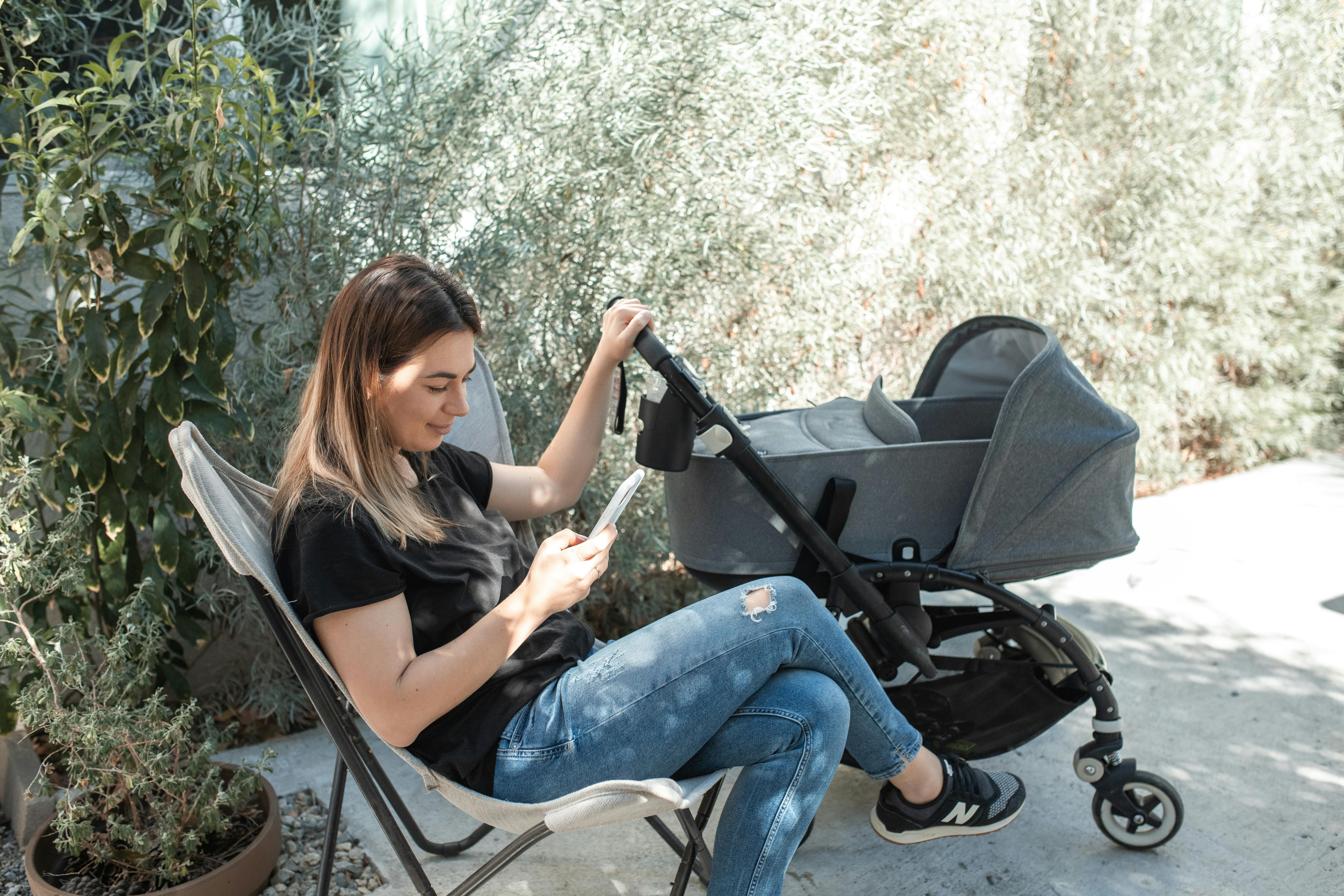
man’s best friend horse
The exact origin of horses is unknown, although it is believed that they originated near the Thaelon Forest and spread from there, either due to land bridges to other continents or because they were brought to other areas by man.
Horses are believed to be one of the first domesticated animals. They are definitely one of the most useful animals: transportation, load-bearing, and even have martial uses. There are many species of horses found all over the world and they have different characteristics/personalities.
Horses perceive us in a pure way, without distractions by words, appearance or social position. The beauty of the horse as a “best friend” is that you can’t fool it. Horses teach us to be in the moment. Since horses have no distractions, they are attuned to every nuance a person makes and provide immediate feedback.
A horse is a non-judgmental friend, but often a rider must adapt or change their own behavior for the horse to respond. Just like us, horses have different personalities, so what works for one horse won’t work for another, just like humans. Horses also require people to engage and persevere in challenging physical and mental work, a trait that, once learned, becomes useful in dealing with life’s many intimidating and challenging situations.
What is it about horses that gives them a place as ‘man’s best friend’? They are big and powerful, which means riders and groomers need to overcome fear and build confidence. Horses perceive a person’s level of confidence. Having ridden horses since they were little children, I can attest to their innate ability to see right through a person.
According to Edward Cumella, PhD, director of research at Remuda Ranch Treatment Center in Wickenburg, Arizona, horses easily see our fear, feelings of inadequacy, sadness, and anger. Cumella posits: “Horses’ sensitivity to nonverbal communication helps patients develop greater awareness of their own emotions and nonverbal cues, as well as the role of nonverbal communication in relationships.”
Treatment centers from the East to West coast offer horse-assisted therapy to help people with everything from drug addiction to cancer recovery. Horses and humans have always enjoyed a special relationship. The ancient Greeks first documented the therapeutic use of horseback riding in 600 BC. C. In 1875, a French doctor first supported a study on the value of horseback riding as a therapy using it to treat neurological and psychological disorders.
More than 10 studies in the last 20 years show that animal-assisted therapy (equine therapy is the most common) is effective in treating anxiety, autism, dementia, depression and attention deficit disorder, eating disorders and other emotional dysfunctions.
At Shangri-La Therapeutic Riding Academy in Tennessee, riders with spina bifida experience the exhilarating rolling motion of walking through all four legs of a horse instead of their own two for the first time.
Spending nine months as an intern at Green Chimneys, Brewster, New York, Icelandic horses help emotionally challenged children learn how to build independence and self-confidence. Having grown up with horses, it was amazing to see the children go from being afraid of being near a horse to wanting the horse to sleep with them.
Remuda Ranch helps children with eating disorders gain greater self-acceptance and self-confidence. At Medicine Horse in Colorado, at-risk teens dealing with mood or attention disorders become more comfortable with themselves and develop supportive friendships based on honesty and respect. If you disrespect a horse, you can expect repercussions: biting, head butting, bucking, refusal to cooperate, or kicking. Rancho Bosque at Sunstone Cancer Center in Tucson, Arizona, clients learn that they have the power to be in the moment and control how to deal with a potentially dangerous situation between humans and animals.
That is the alchemy of horse-assisted therapy. Put a horse and a human within breathing distance and something inexplicable happens, a communication that only they understand. Diane Kennedy, psychotherapist, registered riding instructor, and founder of the 10-year Medicine Horse program in Boulder, Colorado, believes that “horses reflect our emotions, thoughts, and feelings.” Observing how horses react, how we interpret their behavior, can help therapists untangle their clients’ murky issues. The horse becomes a transitional object,” she explains, “a creature that is safe to be intimate with and that returns the same love given. People become familiar with what that kind of solid connection feels like and are able to carry that knowledge into everyday life.
“Horses are especially sensitive and provide a nonverbal vehicle for people to access their emotions, which can speed the rate of healing,” says Dr. Allen Hamilton of the Sunstone Cancer Center at Rancho Bosque in Tucson, Arizona. He models his horse-assisted therapy on the Native American teaching that horses are a gift from the Creator and act as guides and spiritual brothers to the Sioux and Apache. Native Americans believe that animal energy holds medicine for humans and that each person has an animal as a source of guidance.
“The horse is a physical power and a supernatural power. In shamanic practices around the world, the horse allows shamans to fly through the air and reach the sky. Humanity took a great leap forward when Horse, a discovery similar to that of fire. Horse was civilization’s first animal medicine. Today we measure the capacity of engines with the term “horsepower”, a reminder of the days when the horse was an honored and highly valued partner of the humanity. [on a daily basis].” Jamie Sams and David Carson, Medicine Cards.
Medicine Horse’s participation in the national Hope Foal Project, which rescues at-risk foals or mares kept confined and pregnant to produce estrogen for the hormone replacement drug Premarin, simultaneously rescues at-risk adolescents facing mood disorders or care that can have serious consequences. . Under the guidance of a trained facilitator, the horses become the girls’ nonjudgmental allies, helping them discover how to set boundaries, relate to others, and build trust without hurting each other in the process.